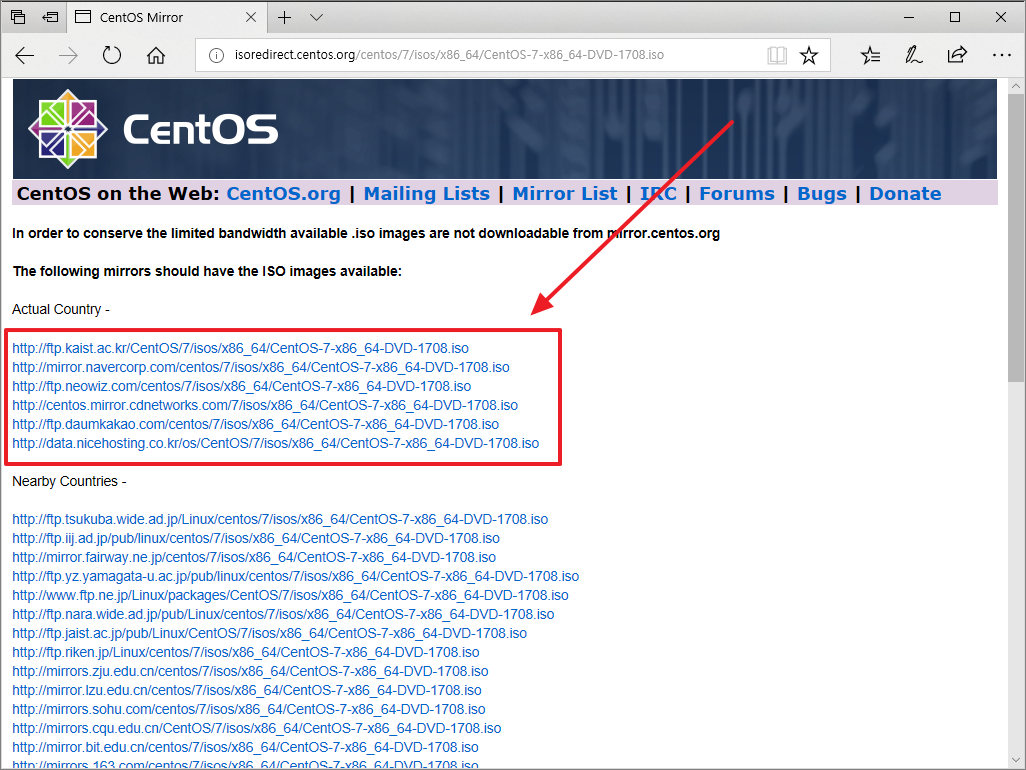
- #HOW TO INSTALL GUEST ADDITIONS VIRTUALBOX CENTOS KDE HOW TO#
- #HOW TO INSTALL GUEST ADDITIONS VIRTUALBOX CENTOS KDE INSTALL#
- #HOW TO INSTALL GUEST ADDITIONS VIRTUALBOX CENTOS KDE FULL#
- #HOW TO INSTALL GUEST ADDITIONS VIRTUALBOX CENTOS KDE PASSWORD#
- #HOW TO INSTALL GUEST ADDITIONS VIRTUALBOX CENTOS KDE ISO#
#HOW TO INSTALL GUEST ADDITIONS VIRTUALBOX CENTOS KDE PASSWORD#
When the installation is completed, press the Done button, and KDE Neon will restart.Īfter the system reboots, you will see the following screen:Įnter the password and log into your KDE Neon system.įor a full-size view of your virtual machine, click on the view icon in the top-left corner of VirtualBox and select Auto-resize Guest Display. Select the appropriate location, i.e., region, location, and zone, and click Next.Īt the following screen, select the desired Keyboard Layout, then click Next.Īs we created a new virtual hard disk for our KDE neon virtual machine, on the partitions screen, we will select Erase disk and click Next.Įnter the required details in all the fields to create a new user, then click Install. Select the preferred language and click Next.
#HOW TO INSTALL GUEST ADDITIONS VIRTUALBOX CENTOS KDE INSTALL#
When the desktop is loaded, press the Install System button. Click the Choose icon, add the KDE neon ISO, and click Choose.Ĭlick the Start button, and the system will check the installation files. Next, click the Start button, and the following window will appear. In the Settings window, click the Display tab, check the Enable 3D Acceleration box, and click OK. Now, we will configure some initial settings. To create a hard disk for the KDE Neon virtual machine, select Create a virtual hard disk now and press Create.Īt the next screen, select the VDI (VirtualBox Disk Image) hard disk file type and click Next.Īt the following screen, select the storage type Dynamically Allocated and click Next.Īt the next screen, verify the destination and name of the virtual hard disk, select the appropriate file size, and click Create. The KDE Neon virtual machine requires a hard disk. The recommended memory size is 1024 Megabytes (MB), but you can allow more memory depending on your system specifications. Next, select the Random Access Memory (RAM) size. KDE neon is based on Ubuntu 20.04 LTS, so you should select the Type as Linux and the Version as Ubuntu (64-bit).

Next, start the Oracle VirtualBox Manager and click the New option to create a new virtual machine.Įnter a name for the virtual machine in the Name field and select the desired Machine Folder to which to save the virtual machine. Install KDE Neon in Oracle VirtualBoxįirst, download the latest version of KDE Neon from the official website of KDE Neon.ĭownload the 64-bit User Edition by clicking the User Edition Live/Install Image button.
#HOW TO INSTALL GUEST ADDITIONS VIRTUALBOX CENTOS KDE HOW TO#
This article shows you how to install the latest version of KDE Neon in the Oracle VirtualBox Manager. At the time this article was written, the latest version of KDE Neon is 5.20.4, and it is based on Ubuntu 20.04 LTS. KDE Neon is leveraged with the KDE Plasma desktop and various other KDE applications. You can create a bookmark or link for easier access to the directory.KDE Neon is a Linux distribution based on the Ubuntu Long-Term Support (LTS) release. Your shared folders will now be available in the media directory. Select the check boxes that allow for Auto-mount and Make Permanent and click the OK button both times when prompted. In the Folder Path text box, provide the path to the folder you would like to share, or click the drop-down arrow to browse your host system for the path to the folder. Within this window click the Add Folders icon. This will launch a pop up window for adding shared folders. This section explains how to share folders on your host system with your Kali Linux VirtualBox “guest”.įrom the VirtualBox Manager, select your Kali Linux VM instance and click on the Shared Folders link in the right window pane. Creating Shared Folders with the Host System
#HOW TO INSTALL GUEST ADDITIONS VIRTUALBOX CENTOS KDE FULL#
You should now have full mouse and screen integration as well as the ability to share folders with the host system. Reboot the Kali Linux VM to complete the Guest Additions installation. Ensure it is executable and run the file to begin the installation. When prompted to autorun the CD, click the Cancel button.įrom a terminal window, copy the n file from the Guest Additions CD-ROM to a path on your local system.
#HOW TO INSTALL GUEST ADDITIONS VIRTUALBOX CENTOS KDE ISO#
This will mount the Guest Additions ISO in the virtual CD drive in your Kali Linux virtual machine. This can be done by selecting Devices from the VirtualBox menu and then select Install Guest Additions. Once this is complete you can now attach the Guest Additions CD-ROM image. :~$ sudo apt install -y linux-headers-$( uname -r ) Start up your Kali Linux virtual machine, open a terminal window and issue the following command to install the Linux kernel headers. You must use VirtualBox 4.2.xx or higher in order to take advantage of the improvements, including compatibility updates, and enhanced stability of both the core application and the Guest Additions. If you run Kali Linux as a “guest” within VirtualBox, this article will help you to successfully install the “Guest Addition” tools.

You can find the latest version here: Install VirtualBox Guest Additions.


 0 kommentar(er)
0 kommentar(er)
